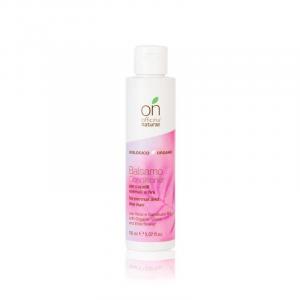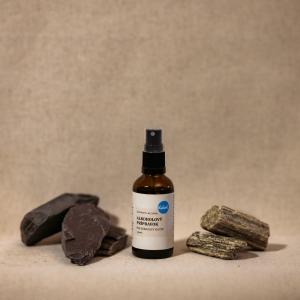Spelt (Triticum spelta)
Harm score: 1 (Natural substances)
Spelt, scientifically known as Triticum spelta, is considered to be one of the oldest cereals ever grown by man. This cereal is mainly used in bakery and confectionery products such as pastries, pasta, flour or cereals, and is becoming increasingly popular as a healthy alternative to conventional wheat. However, it is also used in brewing and grain-based spirits. Spelt is popular for its distinctive, nutty flavour and higher protein and fibre content.
However, the terms 'tocopherol', 'tocopherol' or 'tocopheryl acetate' do not refer directly to spelt, but to a group of chemical compounds classified as vitamin E. These compounds are naturally present in some foods but are found in relatively small amounts in spelt. They have strong antioxidant properties and play a key role in protecting cells against oxidative stress. They are often added to various cosmetic and medical products such as creams, oils, balms or dietary supplements. Tocopherols thus serve to care for the skin, improve wound healing and reduce the risk of cardiovascular disease.
You won't find this substance in our products. Try the natural, chemical-free products in our range.

Conditioner for normal and weak hair BIO (150 ml)
Product detail